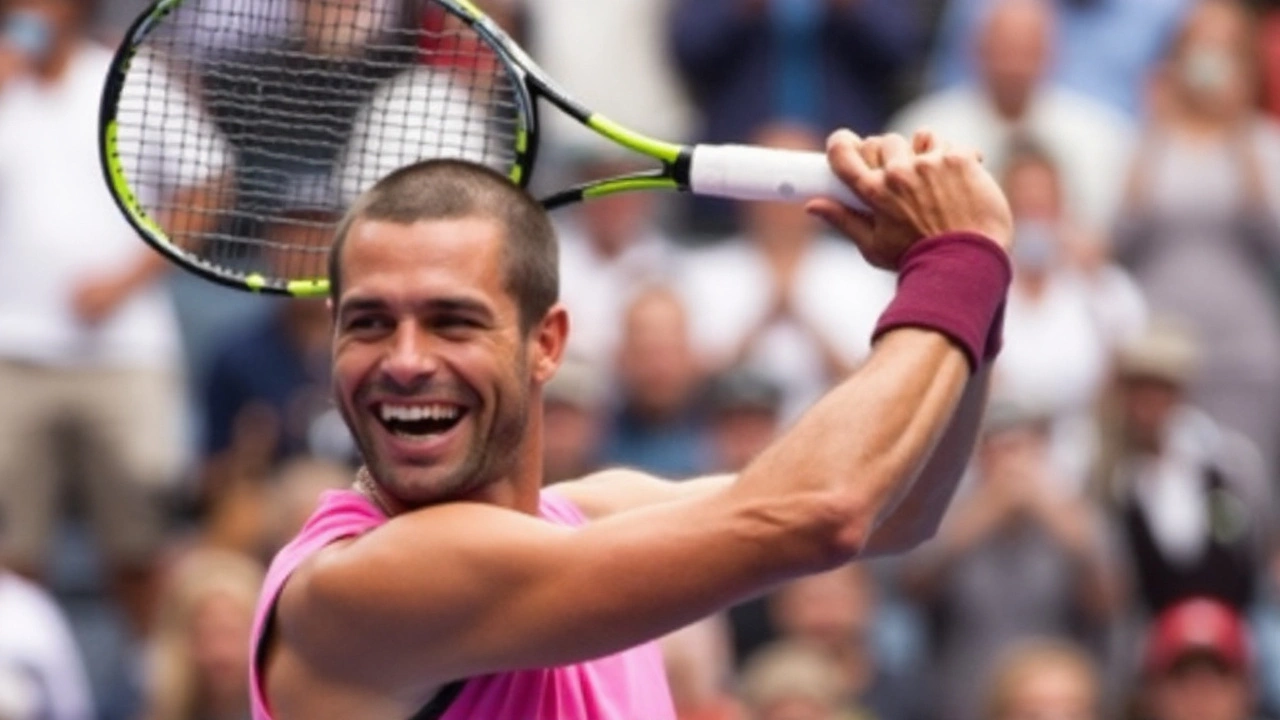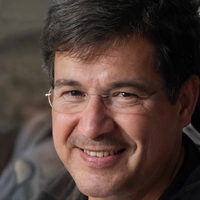
Alcaraz beats Djokovic, makes history
A 22-year-old just did something the Big Three didn’t do at that age. Carlos Alcaraz reached the US Open 2025 final by beating Novak Djokovic in straight sets and, with it, became the first player to make Grand Slam semi-finals on clay, grass, and hard in the same year before turning 23. It’s his third straight Slam final this season and his first hard-court win over Djokovic, tightening their head-to-head to 4–5.
The match turned on the very first game. Alcaraz broke immediately, held his nerve, and never gave that edge back in the opening set. Djokovic pressed, mixed pace, and tried to drag rallies into his patterns, but Alcaraz’s first-strike tennis kept him in front.
The second set could have flipped the night. Down 0–3, Alcaraz steadied, raised his first-serve accuracy, and leaned on quick, aggressive patterns to claw back. He took the tiebreak, then ran away with the third, closing with the kind of sprint finish that has defined his summer.
The numbers back up the feel of it: 84% of first-serve points won, 31 winners against 30 unforced errors, and a 15/22 success rate at the net. That blend—heavy serve, bold off the return, and clean finishing up front—denied Djokovic the long, chess-like rallies he usually wins on this court.
Tactically, Alcaraz backed himself to take time away. He took the backhand early, especially down the line, to keep Djokovic from camping on the crosscourt exchange. On return, he varied his depth, sometimes stepping in to rush second serves, other times neutralizing to start even. The net forays weren’t showy; they were functional, closing space before Djokovic could find passing lanes.
Djokovic, 38 and still a 24-time major champion, came in with a season of deep Slam runs behind him. He had enough to reach another semi, but he admitted afterward that the tank hit empty after the second set. Best-of-five at the business end of Slams is a different sport at his age, and he’s been candid about that. He also pointed to the level from Alcaraz and world No. 1 Jannik Sinner this year: he’s lost three of four Slam semis to that pair in 2025.
None of that erases how well he’s competing. Djokovic still reads serves better than anyone, still flips defense to offense with a step and a swing. But on this night, Alcaraz met him at the baseline and didn’t blink. The Spaniard’s ability to reset after mini-slumps—like that 0–3 hole—felt like the difference between a tight, four-set scrap and the straight-sets result we got.
Alcaraz’s celebration told you how loose he felt: the trademark golf swing, a nod to compatriot Sergio Garcia sitting in the stands. It fit the mood. This wasn’t a grind; it was a statement—of fitness, of decision-making, of a young player who already thinks like a veteran.
The milestone sits bigger than a box-score note. Making semi-finals at Roland Garros, Wimbledon, and the US Open in the same year before 23 is a marker of range you almost never see. Clay footwork, grass instincts, hard-court first-strike patterns—blending all three this early hints at a ceiling that goes beyond single-surface domination. You don’t luck into that; you build it with scheduling discipline, a team that adapts training block to surface, and the nerve to adjust mid-tournament when conditions shift.
There’s also the mental piece. Alcaraz has been in a run of big matches without the emotional leak that sometimes hits younger players after breakthroughs. Even the mini-dips—rushed forehand here, tight second serve there—don’t spiral. The reset is fast. That’s how you erase early breaks and steal tiebreaks from all-time closers.
What does the loss mean for Djokovic? In the immediate term, probably a reassessment of how many physical peaks he can build into a season and where to place them. He’s still playing Slam-winning tennis in spurts; the question is whether he can stretch those spurts through two high-octane matches in a row at this stage. He’s never hidden from that reality. He also hasn’t stopped believing he can solve it.
For the tournament, the ripple is obvious: the final everyone expected, and maybe the sport needs, is on. The world No. 1 and No. 2 have split the spotlight all year. Now they share the stage again for the trophy in New York.
A rivalry defining the season: Alcaraz vs Sinner
This will be the third straight Grand Slam final between Alcaraz and Jannik Sinner and their fifth meeting of 2025. Fans call it “Sincaraz” because it’s become its own franchise—a stylistic clash that reliably delivers: Sinner’s clean, linear baseline power and surgical returning against Alcaraz’s improvisation, verticality, and ability to turn defense into art.
What decides it this time? A few swing points, as always. For Alcaraz, holding that first-serve percentage near the mid-60s and protecting his second serve with variety—kickers wide, body serves, and early forehands—keeps Sinner from setting the baseline tempo. The net numbers matter again too; if Alcaraz is north of 60% at the net with the right looks, he shortens Sinner’s rhythm.
For Sinner, making returns predictable for himself—deep through the middle early, then teasing angles—usually buys him the first neutral ball. If he pins Alcaraz’s forehand corner and avoids giving up the short cross that invites the drop shot, he gets the kind of rally length where his balance holds up better.
There’s also the in-between stuff: how each handles slow starts, medical timeouts, or a late-evening breeze that knocks serves off target. Both have improved at managing the “match within the match”—those five-minute windows where you can win a set with two points. Sinner’s calmer now. Alcaraz reads those windows faster. That’s why their finals don’t drift; they hinge.
Beyond tactics, the stakes sit across a few fronts. Ranking points shape the year-end race. Confidence shapes the indoor swing. And legacy, even this early, shapes perception: three straight Slam finals against the same opponent starts to look like a Federer-Nadal or Djokovic-Nadal chapter, not a one-off summer run.
The broader picture? This season has felt like a handover you can actually watch in real time. Djokovic is still in the shot, reaching semis at all four majors. But the two players in the frame for most of the biggest Sundays are Alcaraz and Sinner. They aren’t just fast; they’re consistent. They’re not just talented; they’re solving matches from behind without panicking.
Alcaraz’s cross-surface record this year is the cleanest sign of where men’s tennis is heading. The sport isn’t siloed anymore. The best adapt month to month and bring the same weight of game to Paris, London, and New York. That’s how you stack seasons, not just trophies.
As for the moment itself, New York will get what it craves: speed, noise, and two players who can turn a standard rally into something that makes you stand up before the ball lands. Alcaraz has the momentum of this semifinal and the historical marker that came with it. Sinner has the No. 1 next to his name and the kind of clean baseline read that travels to any court.
One more note about that milestone. Doing this before 23 matters because tennis careers are getting longer, not shorter. To carve out a stat that filters for youth and range says more about ceiling than about a single season. It puts Alcaraz on a track where future-first talk isn’t hype—it’s scouting. We’ve seen promise. Now we keep seeing delivery.
Djokovic will be there again, maybe with fresher legs and a slightly different plan, because that’s what he does. For now, the final belongs to the two who keep stealing weeks from the calendar and from each other. The sport set the stage; Alcaraz and Sinner keep owning it.
